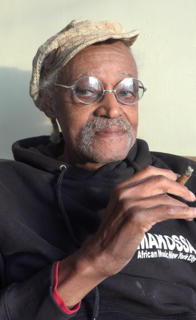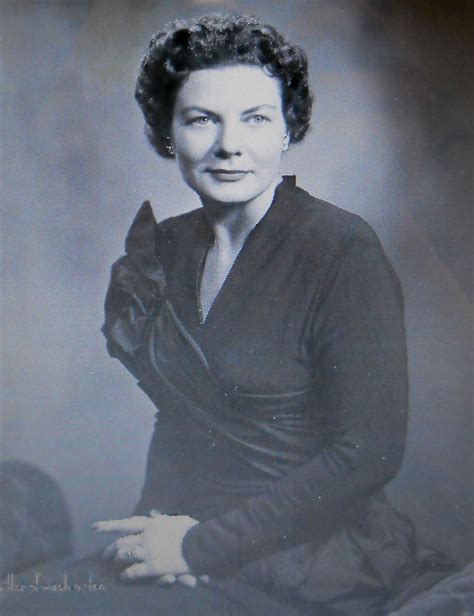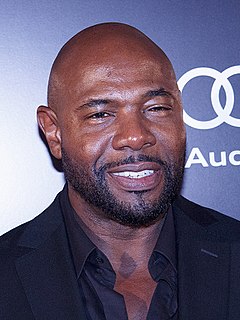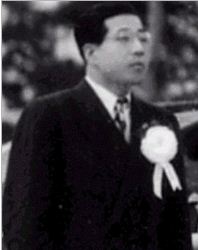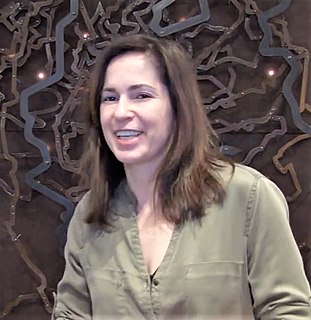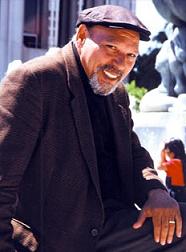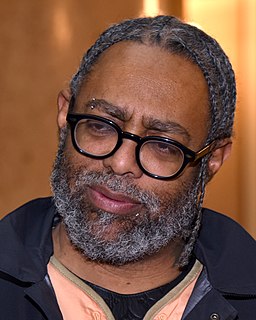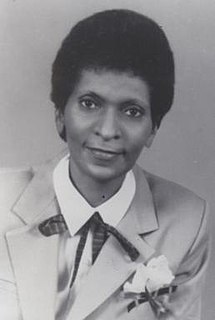A Quote by Melvin Van Peebles
No one - black, white, or any different - walks away from a three-picture deal with a studio. That's every filmmaker's dream. But it wasn't mine.
Related Quotes
When we hold a photo negative up to the light all objects are reversed. Black is white, white is black. Moreover, the character lines of any face in the picture are not clear. Once placed into the developing solution, what photographers call "the latent image" is revealed in the print-darkness is turned to light; and, lo, we have a beautiful picture.
We've been fighting our whole lives to say we're just human beings like everyone else. When we start separating ourselves in our work, that doesn't help the cause. I've heard it for years: 'How do you feel being a black filmmaker?' I'm not a black filmmaker, I'm a filmmaker. I'm a black man, I have black children. But I'm just a filmmaker.
I know how sad it is when you won't be able to realize your dream.
But do you know what's great about dreams?
You can always have a different dream. Just like the way
you dream every night in your sleep, you can just dream another dream.
You're not throwing your dream away, but having a different dream.
I think the play offers (white Americans) a different way to look at black Americans For instance, in 'Fences' they see a garbageman, a person they don't really look at, although they see a garbageman every day. By looking at Troy's life, white people find out that the content of this black garbageman's life is affected by the same things- love, honor, beauty, betrayal, duty. Recognizing that these things are as much part of his life as theirs can affect how they think about and deal with black people in their lives.
Imagine a mosaic picture of a house in the country: lots of red and blue and yellow and black and brown and white and a dozen different shades of green tiles which make a beautiful picture if you stand back far enough. All the little red squares are true - true things, true places, true feelings. But the red squares aren't the picture. All the rest of it is lies and stories, often within the same sentence.
